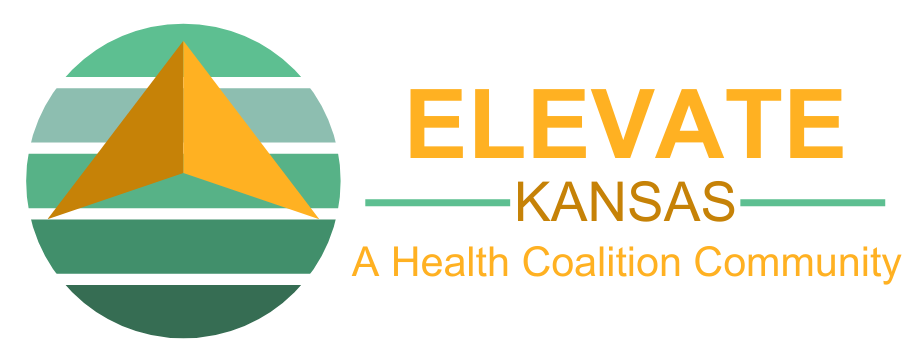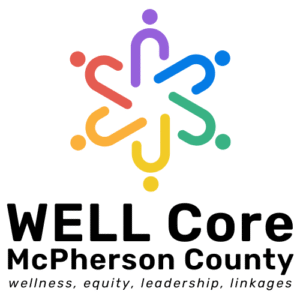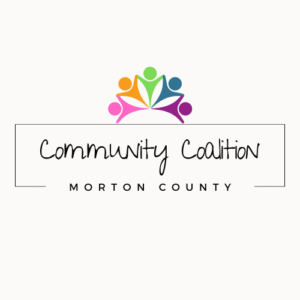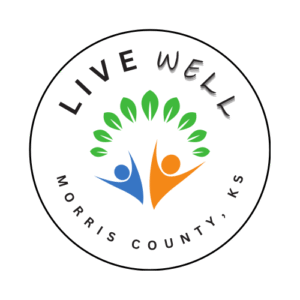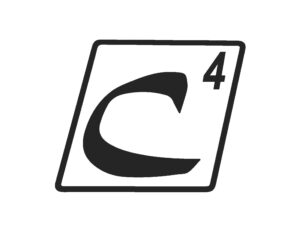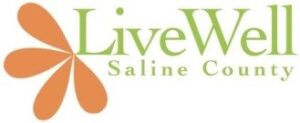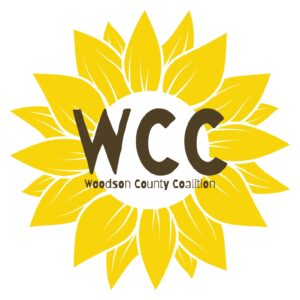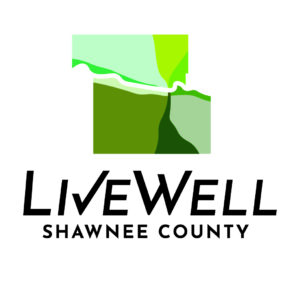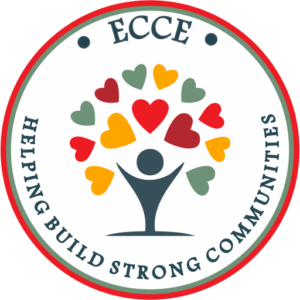Coalition Directory
This directory is specifically designed to highlight and connect Community Health Coalitions. Community Health Coalitions are defined as coalitions that are broad, multi-sector groups that work to improve health and wellness outcomes in a defined community. They focus on multiple factors that impact well-being—such as access to care, chronic disease prevention, housing, transportation, and social determinants of health. These coalitions represent a diverse mix of local leaders, nonprofits, businesses, and residents, all working together to drive lasting improvements in community health.
Community Health Coalitions who are part of this network and listed in the directory will have access to additional technical assistance resources, specialized communications, and potentially exclusive funding opportunities.
